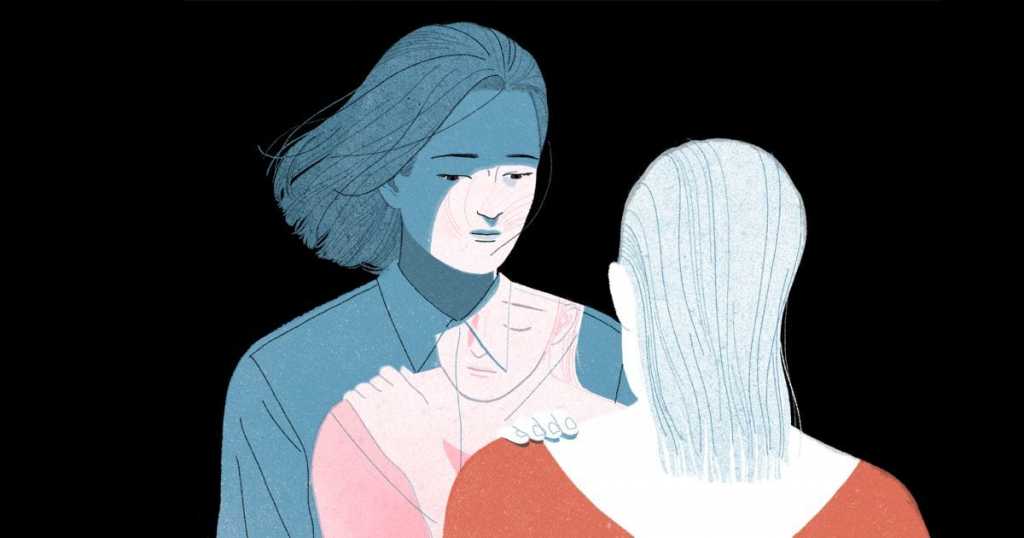Recently, I published another article on the relationship between the configuration of criminal expression in a society, on the one hand, and the configuration of different kinds of stimuli in the living environment on the other. In other words, how does the extreme anti-social aggressive behavior of certain members of society become activated and influenced by the fields of experience in which they live. However, I have come to realize that, as not all antisocial aggressive behavior is criminal, there is still a whole other area of hurtful conduct to be considered in relation to humans and living environments. In terms of law enforcement, this lower key hurtful conduct is simply under the radar. Which doesn’t mean that it can’t leave a meaningful imprint on the people who are on the receiving end of it.
Just as with crimes, we can divide this lower key hurtful conduct, these slights as it were, into slights of passion in connection with more traditional natural environments and slights of numbness in connection with modern technological environments. Slights of passion would include directed insults, slander, mocking, bullying and seeking out fights. These are slights where there are focused targets for anger, aggression and resentment that are stimulated not only by the targets themselves but by all the passionate organic stimuli that are activated within more traditional natural fields of experience. The organic stimuli in more traditional living environments elicit a lot of strong emotions in a person, emotions that will tend to metaphorically explode a person apart unless he finds outlets on which to release them. And a person in a more traditional natural environment needs only focused targets to keep his emotions focused so that he doesn’t explode apart in the process of expressing his strong emotions. So, independent of whatever supposed grievances that a person might have against someone, having a defined discrete figure for the target of his emotions creates a funnel for his emotions that, without its presence, could lead to the sender getting hurt in the process of expressing his emotions.
Again, just as with crimes, we can see an increasing transformation in the nature of slights as modern technology has displaced nature and more traditional architecture and living arrangements. A lot of the new slights can be put in the category of omission rather than commission. Because of smartphones and computers, people are increasingly communicating in less bonded more mediated ways. First, there was the loss of a person’s visual presence with the telephone. No more body language and gestures. Then there was the loss of the audio voice with emails and texts. No more vocal inflection. Slights or miscommunications occur as a result of the lack of completeness in such an imperfect method of sending messages that can’t fully convey the sender’s intent. But even in the external world, the numbness created by modern technology permeates the content of human communication. A lot of retail and service people don’t bother to say hello to their customers and have difficulty even acknowledging the human presence in another person. And think of the classic scene today of a group of preteens sitting around clustered together texting people who are someplace else and finding themselves incapable of properly relating to the kids sitting next to them. These are slights against human nature. Perhaps these modern preteens are too numb to even be aware that they are being slighted. If everybody goes through life today with their lives so mediated that they barely metaphorically rub up against one another, what is there to compare the anemic nature of their contacts to?
And yet, in spite of the numbness, there are people who are aware that something has gone wrong in human connection. And these are the people who don’t sink easily into a numb robotic posture. These are the people who suffer from the increasing lack of meaningful imprints that they are both trying to make and receive in the context of their daily social contacts. These are the people who fall prey more easily to the emotional disturbances generated by modern daily life. The cause of their pathology is not some focused problem. Rather, it literally surrounds them. So although specific slights of numbness, specific omissions, can be hurtful to the person who receives them, the cumulative effects of multiple slights (a cumulative effect that we do all experience to a greater or lesser extent today) have their own harmful results. And given the increasingly technological environment in which we all live today, for those who are particularly sensitive to this pattern of omission, it is difficult to escape.
Now just as with the evolution of crimes, so with the evolution of slights, there has been a great deal of overlap in the presence of slights of passion and slights of numbness in human history. There are still plenty of situations even today, where one sees the expression of slights of passion. Bullying, and fraternity hazing are still rampant. Mocking and slander are still present in the tabloids. Although one might ask if these slights of commission are always slights of passion, purposely directed at the apparent target. Or is it that, in some cases, perhaps the focused targets are almost accidental and chosen to stimulate the aggressor to life by creating a trumped-up target, in order to fight off numbness. These are what we would have to call transitional slights, having aspects of both slights of passion and slights of numbness.
In any case, there is no doubt that slights of numbness interfere considerably with the capacity of people in modern technological society to bond with one another. These slights are both causes of and symptoms of psychopathology today. And on a larger scale, they interfere with the effective functioning of families, communities and societies.


























